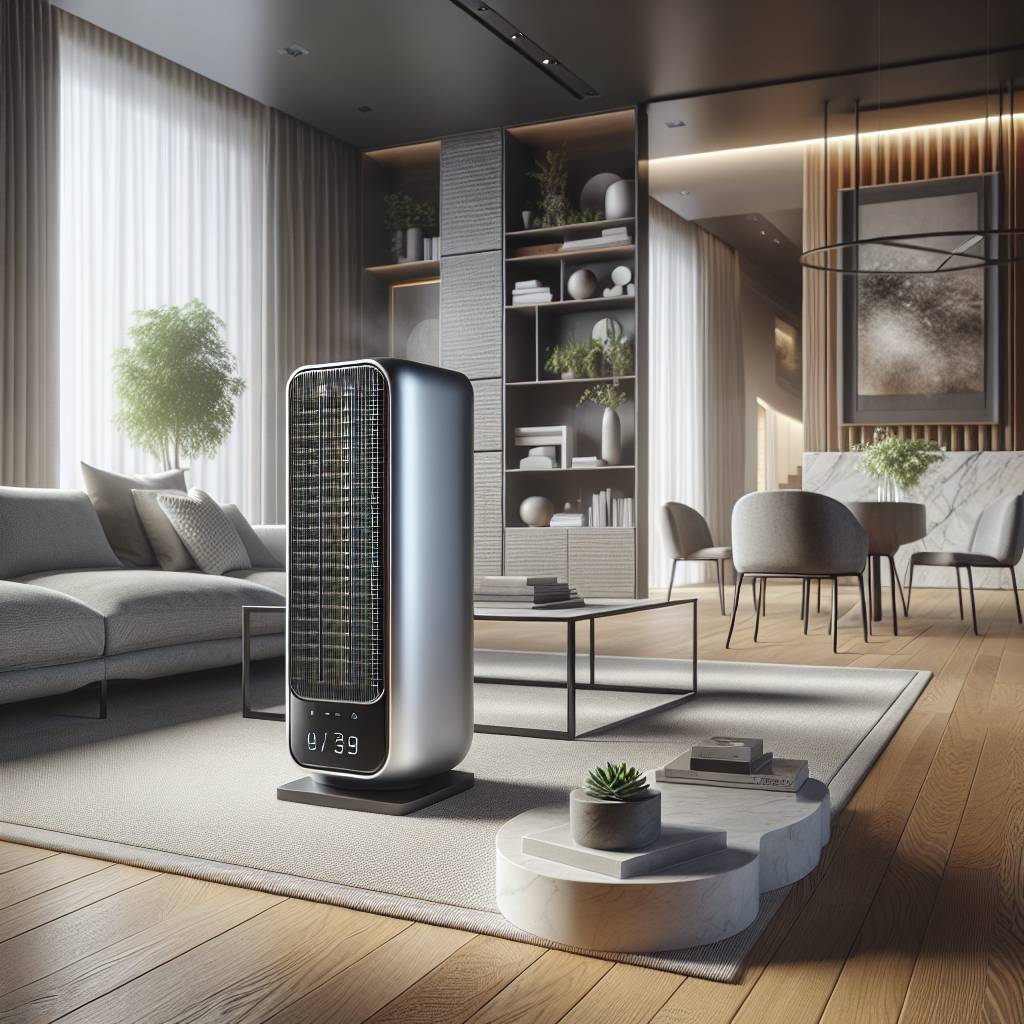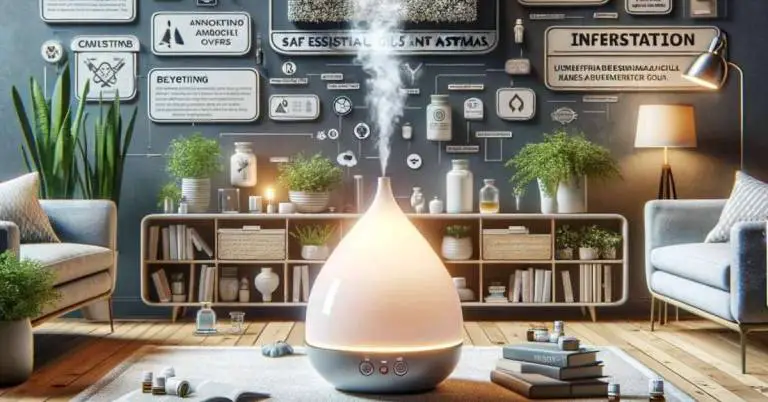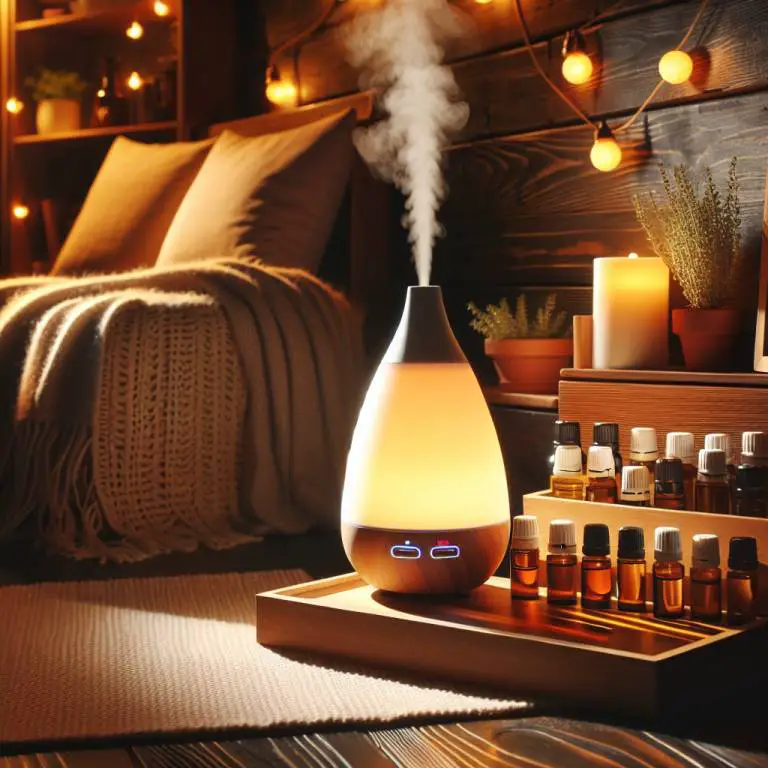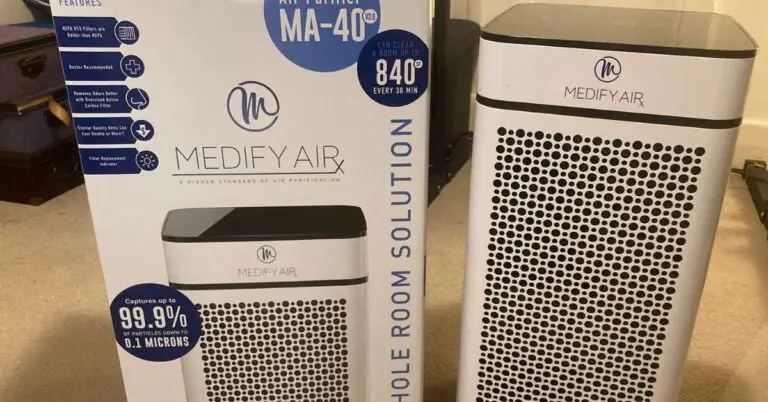What Type of Air Purifier is Best for Asthma?
The best type of air purifier for asthma is one that uses HEPA (High Efficiency Particulate Air) filters. These filters are highly effective at capturing small particles, including dust, pollen, and pet dander, which can trigger asthma symptoms. HEPA air purifiers can remove at least 99.97% of airborne particles as small as 0.3 microns, making them ideal for improving indoor air quality and helping to manage asthma.

What type of air purifier is best for asthma?
When it comes to managing asthma, not all air purifiers are created equal. The best type of air purifier for asthma is one that uses a High Efficiency Particulate Air (HEPA) filter. HEPA filters are renowned for their ability to capture very small particles, including many of the allergens that can trigger asthma symptoms.
This type of air purifier works by forcing air through a fine mesh that traps harmful particles such as pollen, dust mites, pet dander, and tobacco smoke. By removing these irritants from the air, individuals with asthma can experience fewer symptoms and better overall health. It’s important to choose an air purifier designed specifically with asthma in mind to ensure the most effective relief.
How do HEPA filters work in air purifiers for asthma relief?
HEPA filters play a crucial role in providing relief from asthma symptoms by capturing airborne particles that can exacerbate conditions. These filters consist of a complex web of fibers that trap particles as air passes through them. The effectiveness of HEPA filters lies in their ability to capture 99.97% of particles that are 0.3 microns or larger.
The process involves three key mechanisms: interception, impaction, and diffusion. Larger particles are captured via impaction as they collide with the fibers, while medium-sized ones are trapped by interception as they brush against the fibers. Smaller particles move erratically and are caught through diffusion. This comprehensive filtering process ensures that the majority of asthma triggers are removed from the indoor environment, making it safer for those with respiratory issues.
Can activated carbon filters in air purifiers help with asthma symptoms?
Activated carbon filters complement HEPA filters in air purifiers by targeting gases and odors that can also affect individuals with asthma. While HEPA filters excel at trapping particulate matter, activated carbon layers absorb gases like volatile organic compounds (VOCs), smoke, and other odors through a process called adsorption.
This makes them particularly useful in homes where chemicals or strong smells may trigger an asthmatic reaction. By incorporating both HEPA and activated carbon filters into an air purification system, users gain a more holistic approach to improving indoor air quality and managing asthma symptoms effectively.
What features should I look for in an air purifier to manage asthma?
In addition to choosing an air purifier with both HEPA and activated carbon filtration systems, there are several other features to consider for optimal management of asthma symptoms. One important feature is the size capacity of the unit; it should be appropriate for the room where it will be used most often to ensure efficient cleaning of the indoor environment.
Another key feature is adjustable speed settings which allow users to control how quickly or slowly the air is purified based on current needs or conditions within the room. Additionally, some models come equipped with indicators that alert when it’s time to replace filters ensuring continuous optimal performance without guesswork involved.
| Type of Air Purifier | Effectiveness for Asthma | Comments |
|---|---|---|
| HEPA (High-Efficiency Particulate Air) | High | Removes at least 99.97% of airborne particles 0.3 micrometers (µm) in diameter. Excellent for capturing allergens such as pollen, dust mites, and pet dander that can trigger asthma symptoms. |
| Activated Carbon | Medium | Effective at removing gases, odors, and VOCs (Volatile Organic Compounds) from the air, which can also trigger asthma. Not effective against particulate allergens without a HEPA filter. |
| UV (Ultraviolet) Light | Low | Targets and kills microorganisms (e.g., bacteria, viruses). While it can reduce the spread of airborne diseases, it has limited direct benefit for asthma sufferers. |
| Ionizer | Low to Medium | Emits ions to attach to airborne particles, making them settle faster. Can reduce airborne allergens but may produce ozone, which can irritate the lungs and worsen asthma symptoms. |
| Ozone Generator | Not Recommended | Intentionally produces ozone, which is a lung irritant and can significantly worsen asthma symptoms and overall air quality. |
How often should filters be replaced in air purifiers for optimal asthma control?
To keep the air clean and healthy, especially for someone with asthma, it’s important to replace the filters in your air purifier regularly. Most manufacturers recommend changing them every 3 to 6 months. However, this can vary based on how much you use your air purifier and the air quality in your home.
If you live in an area with a lot of pollution or if you have pets, you might need to change the filters more often. Keeping an eye on the filter’s condition and following the manufacturer’s guidelines will ensure your air purifier works well. This helps remove harmful particles from the air, making it easier to breathe.
Are there any specific brands or models of air purifiers recommended for people with asthma?
Yes, some air purifiers are better suited for people with asthma. Brands like Honeywell, Dyson, and Blueair are often recommended. These companies make air purifiers designed to filter out small particles that can trigger asthma symptoms. They use HEPA filters which are very effective at capturing dust, pollen, and other allergens.
When choosing an air purifier, look for models that specifically mention their effectiveness against allergens and pollutants known to affect asthma. Reading reviews from other customers with asthma can also help you find a model that works well.
What is the ideal placement for an air purifier in a home with an asthmatic person?
The best place to put an air purifier is in the room where you spend most of your time. For many people, this is their bedroom. It’s important because clean air can help improve sleep quality by reducing asthma symptoms at night. Make sure the air purifier is not blocked by furniture or walls so it can circulate clean air more effectively.
Additionally, placing an air purifier near potential sources of pollution inside your home can be beneficial. This includes areas like kitchens or rooms where pets spend a lot of time. By targeting these areas, you can reduce overall exposure to triggers throughout your home.
Final Thoughts
Air purifiers play a crucial role in managing asthma symptoms by cleaning the surrounding environment from allergens and pollutants. Remembering to replace filters regularly ensures efficiency and effectiveness in controlling indoor air quality.
Finding a suitable model from trusted brands and placing it correctly within your living space maximizes its benefits. With careful consideration and proper maintenance, using an air purifier can significantly improve life quality for those suffering from asthma.






